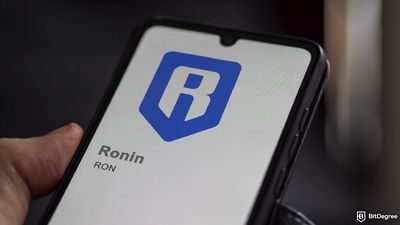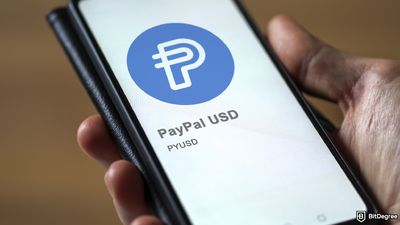Flare's vice president of engineering anticipates that the new partnership will bring more people to Web3.
Flare, a Layer-1 Ethereum Virtual Machine (EVM) blockchain platform, has brought its application programming interface (API) portal to the Google Cloud Marketplace.
With the Google Cloud Marketplace integration, Flare's API portal will offer blockchain data from Flare nodes and connected chain nodes to a vast audience of developers and software product and service users.

Did you know?
Want to get smarter & wealthier with crypto?
Subscribe - We publish new crypto explainer videos every week!
What is Blockchain? (Animated Examples + Explanation)


The new partnership will add support to various blockchain APIs, such as Bitcoin, BNB Chain, Ethereum, XRP, and Litecoin, available on the Google Cloud Marketplace.
Blockchain APIs liberate developers from having to operate their own nodes for the blockchains they interact with, providing data to power applications that execute transactions and request the latest blockchain state.
Flare emphasizes the value of blockchain APIs for creating cross-chain applications that access various data sources, including major crypto exchanges and wallets, through its API portal.
Josh Edwards, Flare's vice president of engineering, noted that providing blockchain APIs to platforms like Google Cloud Marketplace would bring more people to Web3.
It makes it easier for developers to experiment with blockchain technology and its many use cases without being burdened by onerous hardware costs and ongoing maintenance.
Edwards also hinted that larger organizations and partners utilizing Google Cloud Marketplace might explore secure and approved Web3 APIs.
On top of that, Google Cloud Head of Web3 Engineering James Tromans also shared excitement about the partnership by noting:
We’re excited to support and promote the ambitions of our Web3 partners in our ecosystem, with the integration of Flare’s high performance APIs into our Marketplace.
Flare's integration with Google Cloud Marketplace brings blockchain APIs to a wider audience, potentially boosting Web3 participation and fostering innovation in the ever-evolving world of blockchain technology.





















